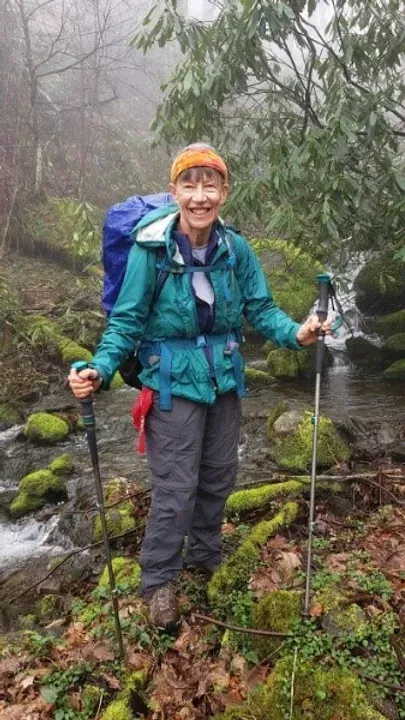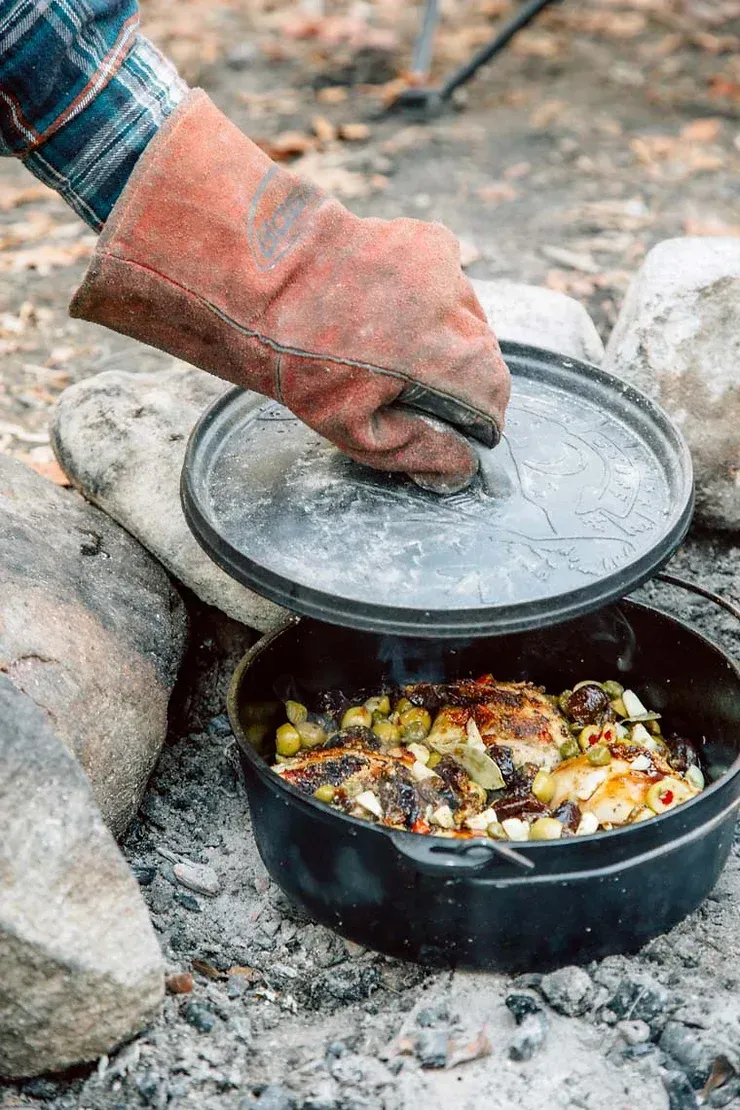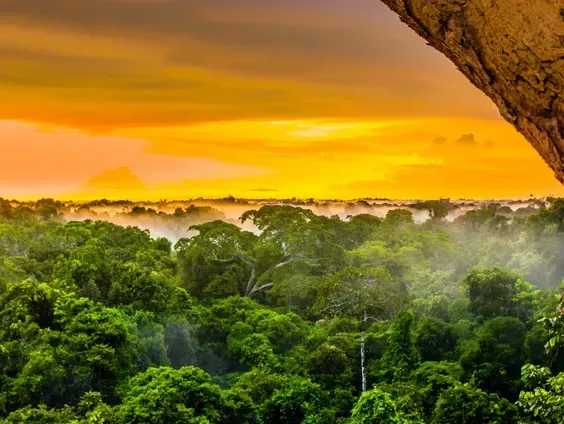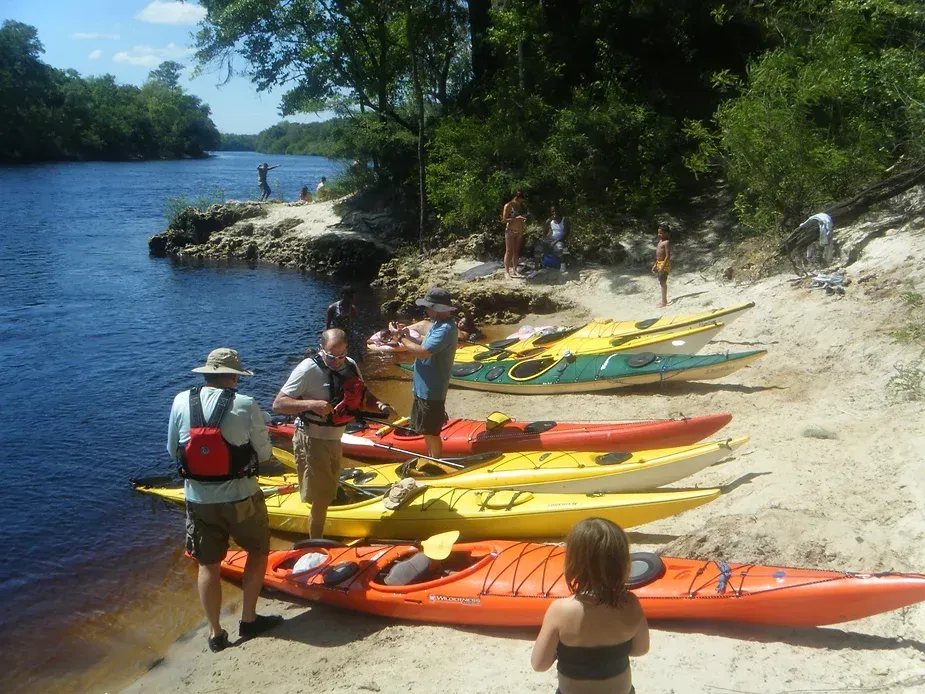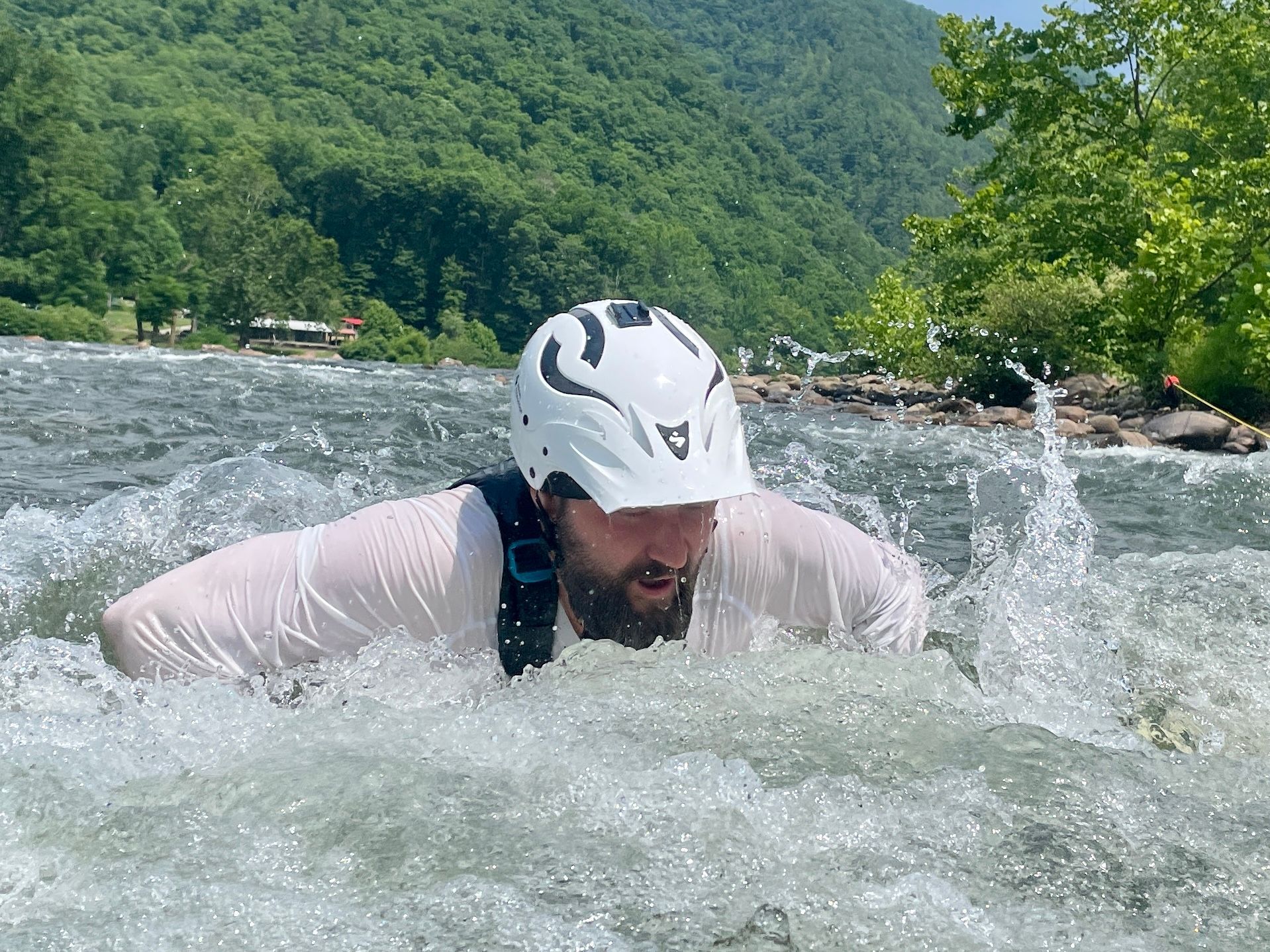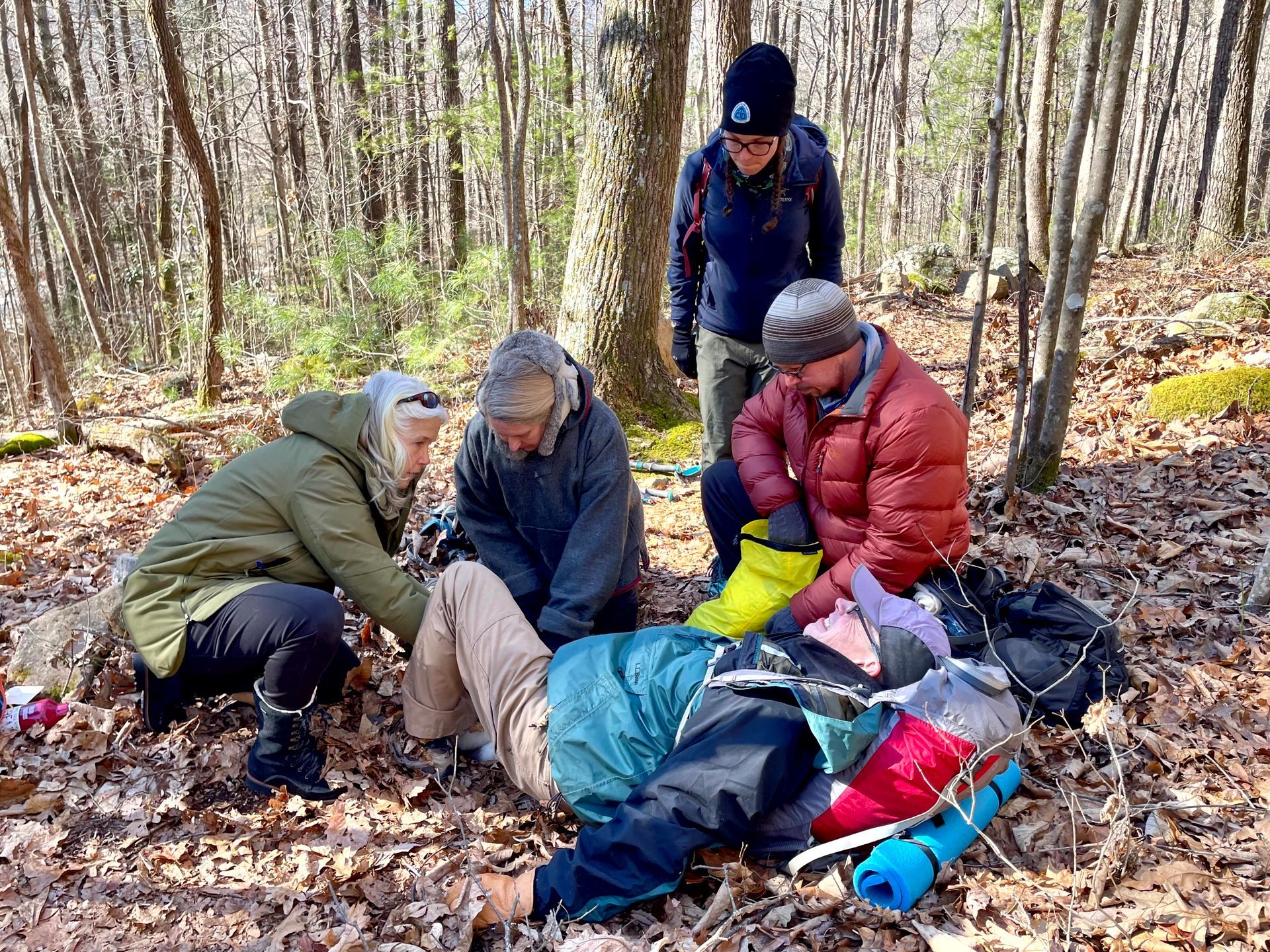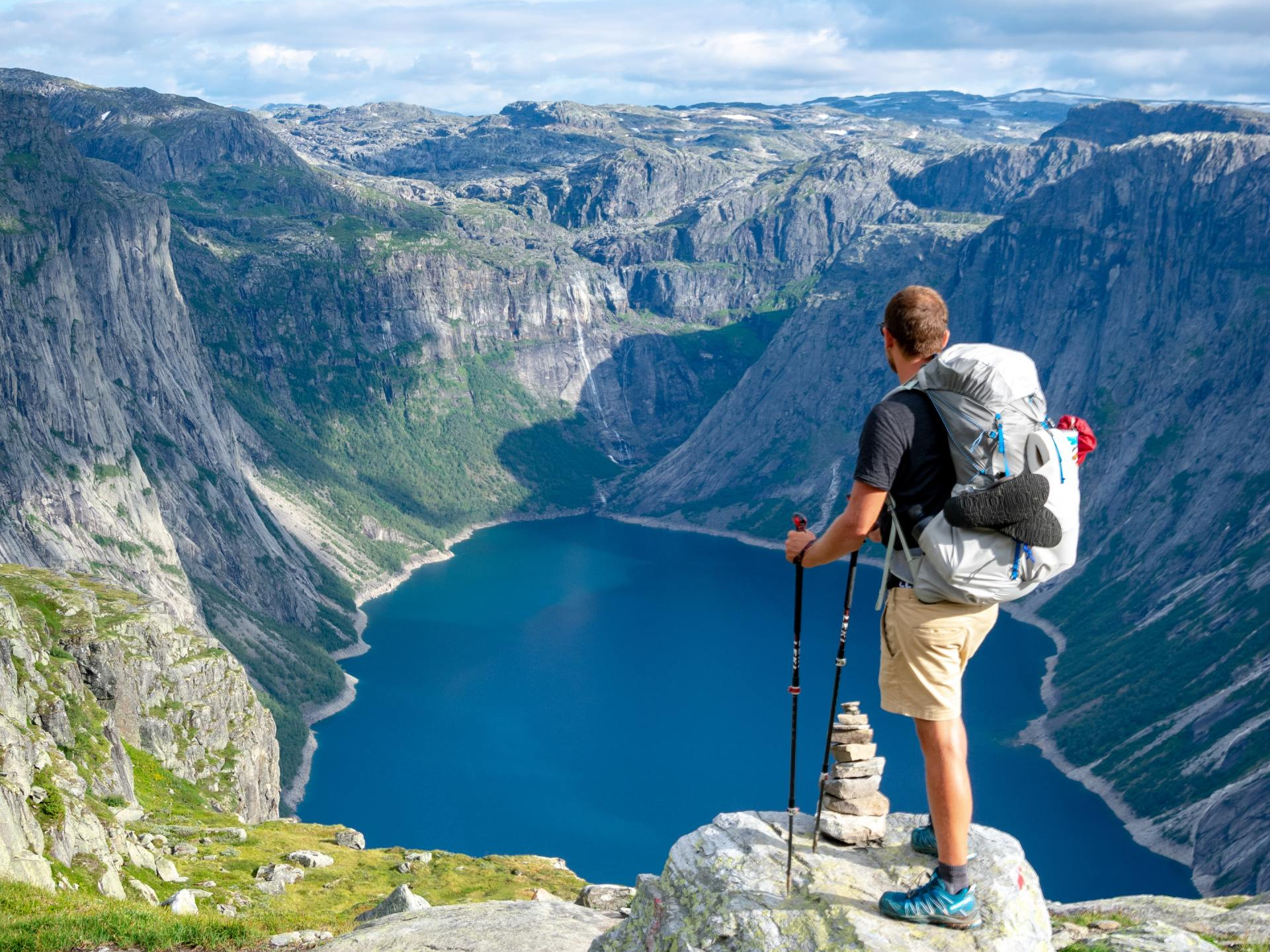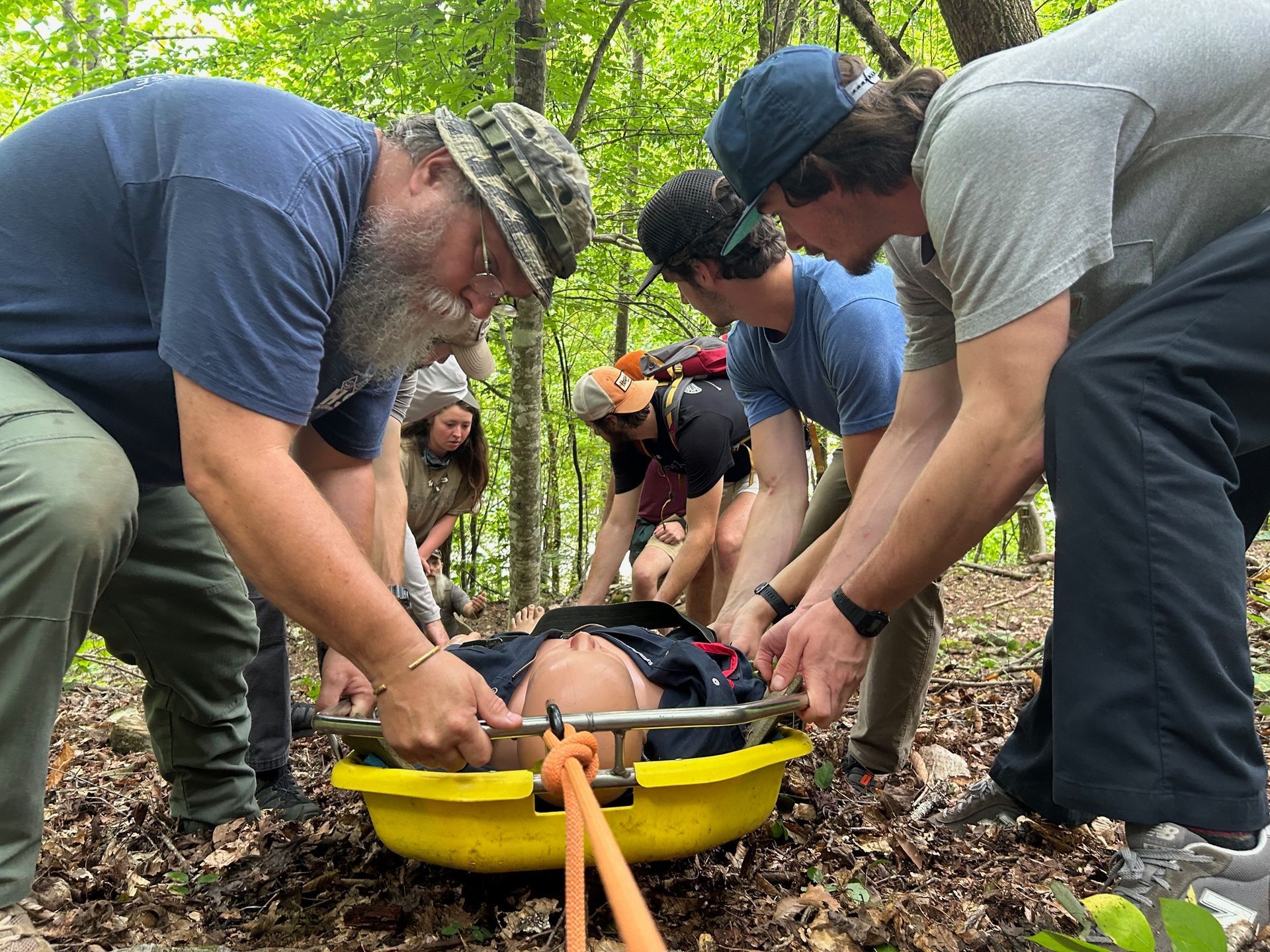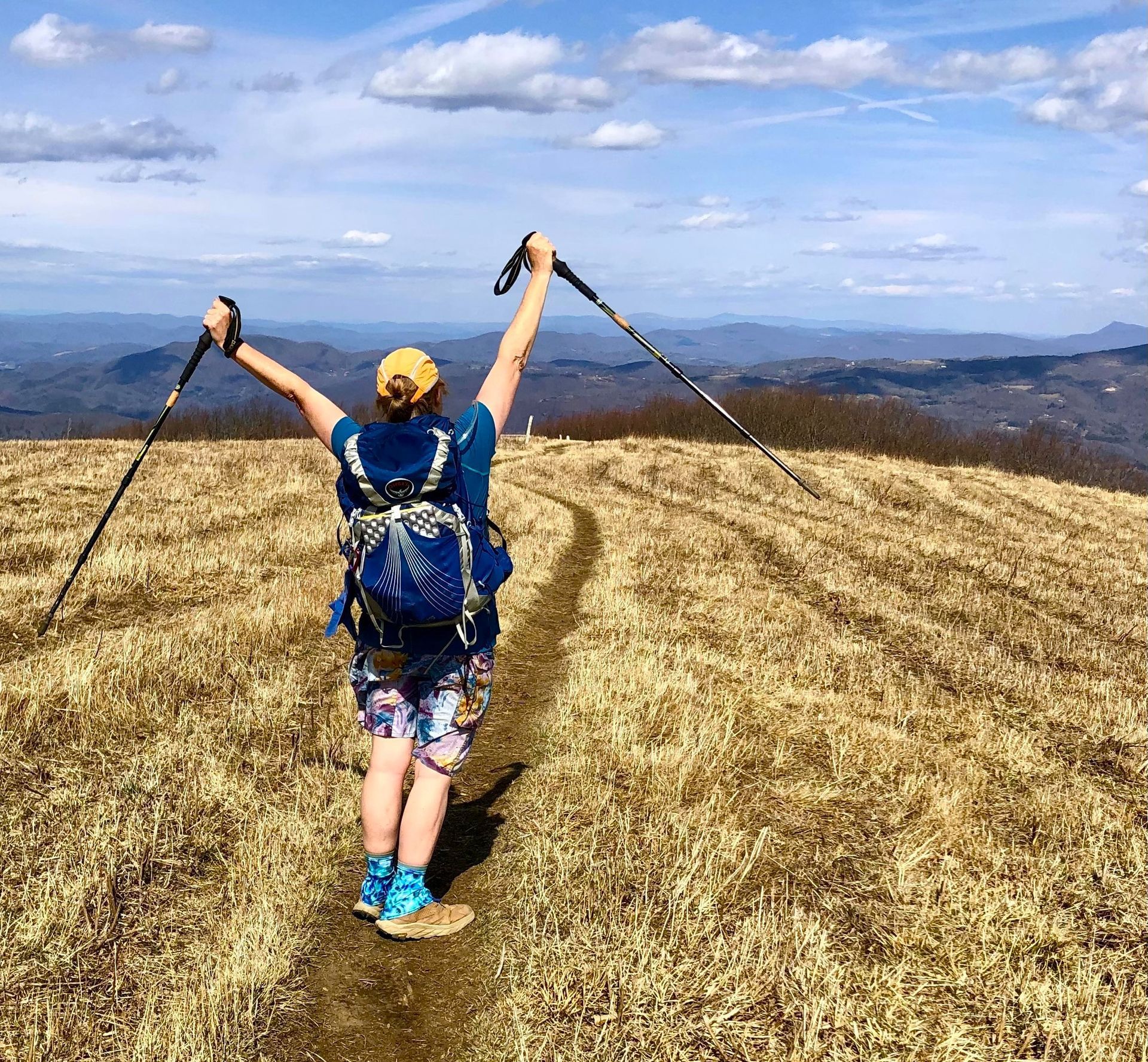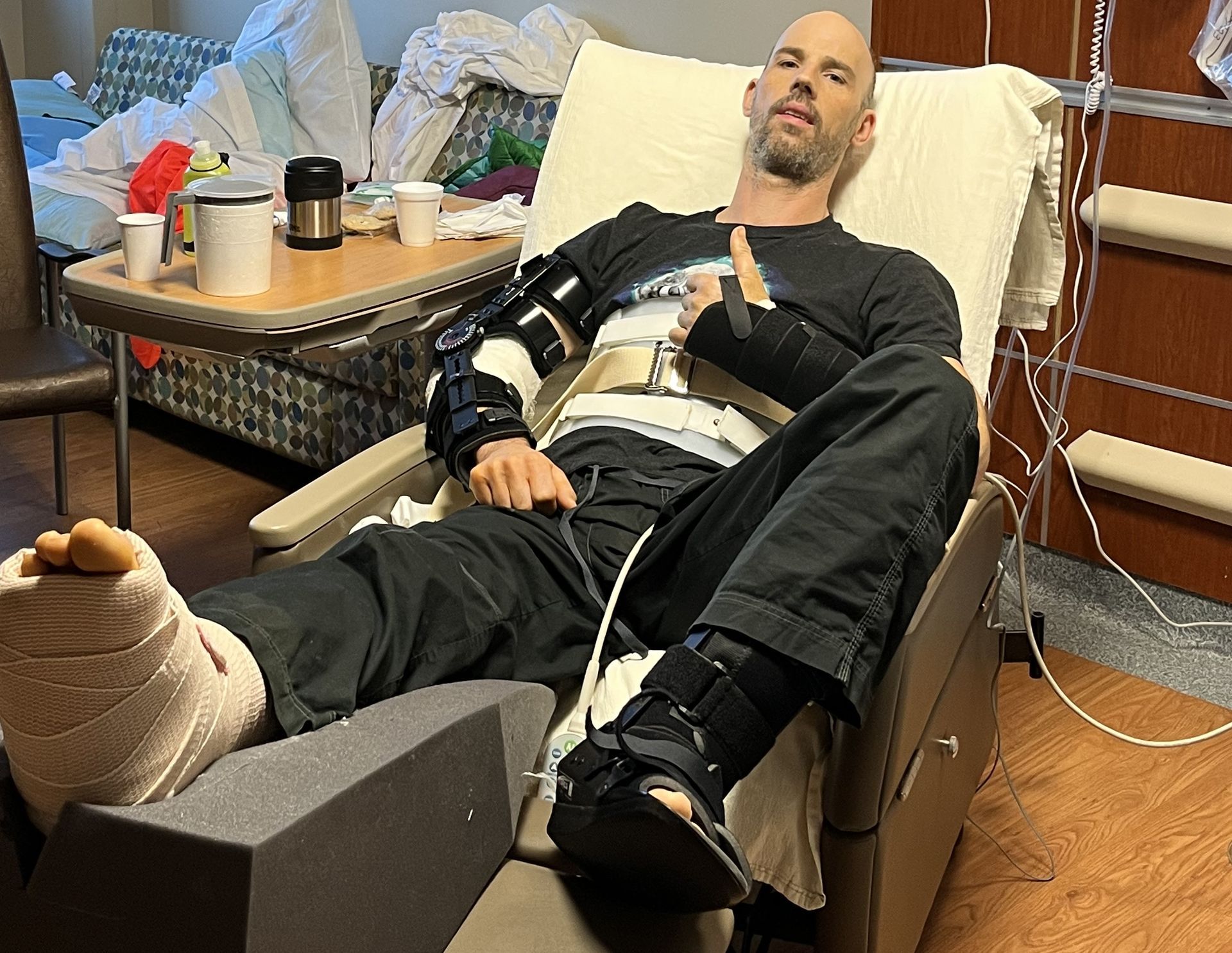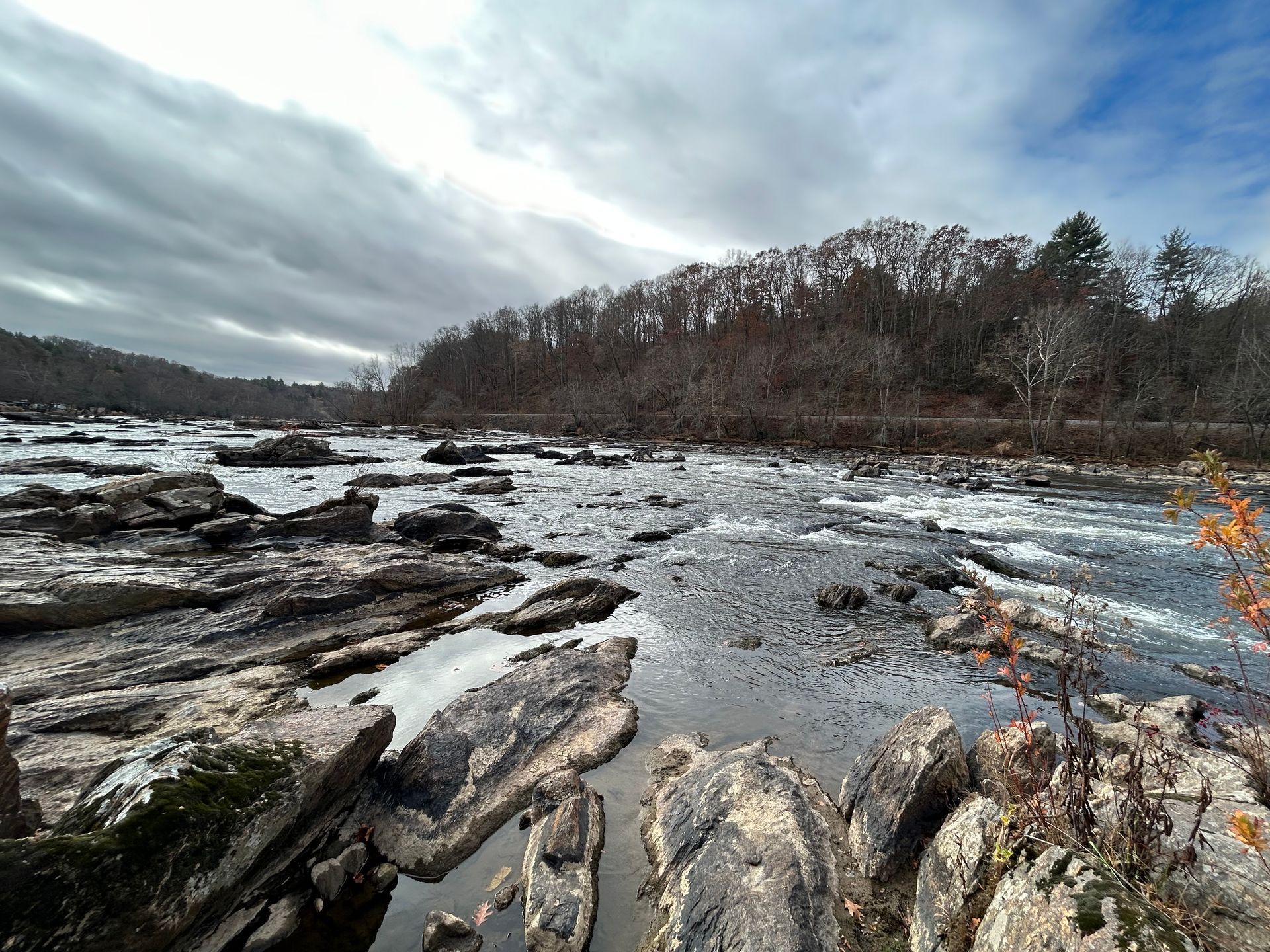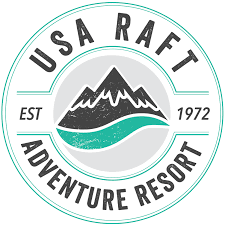Backpacking: The Perfect Way to Get Away from It All
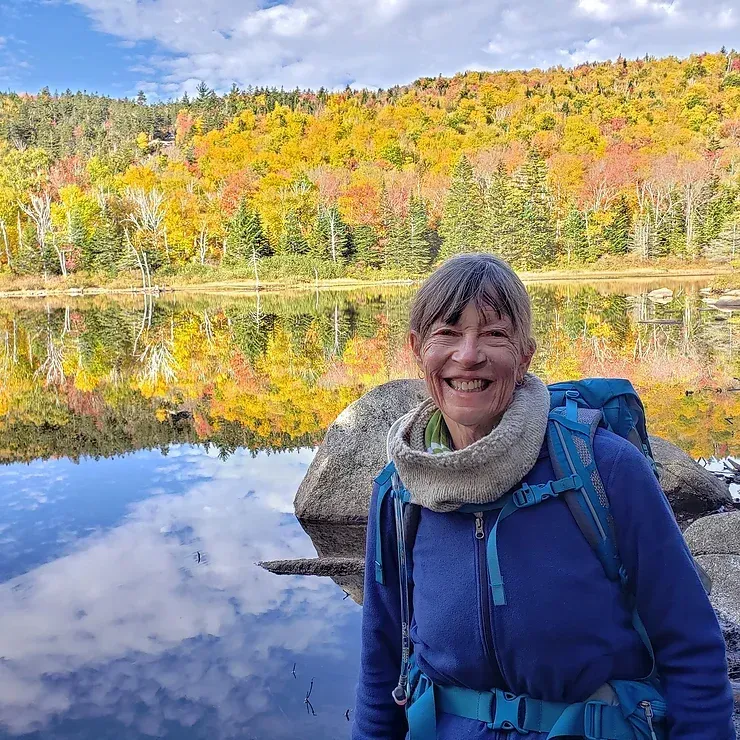
Social distancing has been a reality for all of us now for quite some time, and looks like that won't change any time soon. This has led to social disruption, among other impacts, to all our lives. Do you think that NOW might be time to check out how you might do with backpacking? Are you ready to plan the trip when it is safe to do so? Backpacking is a wonderful way to get exercise, replenish the soul and get fresh air. It might be a little work, but I promise you that it is the most rewarding accomplishment. It even may take off the few extra pounds you may have accumulated during the restrictions over the last few months.
I have been backpacking and hiking across the good old USA for over 15 years, Yosemite, Rocky Mountains, Grand Canyon, Glacier, Yellowstone, Tetons, Acadia, the White Mountains, the Great Smokies and right here in Northeast Tennessee, where we have some of the most beautiful areas in which to hike and camp. Each trip has been a different adventure. Sitting on the bank of a remote lake when a bull moose walks by just 20 feet away, barred and screech owls at night, and seeing a mama bear with 3 cubs by a creek from a safe distance are just some of the wondrous things you might encounter. It is special to be able to leave the trafficked areas for the solitude within our country's most beautiful parks and forests. Leave your anxieties behind and join me.
Backpacking is, for me, a way to be alone and yet with friends in such a simple way. Think about it…you carry all the real essentials: food, water and shelter. And all on your back. For me it embraces the antidote for all angst and stress: gratitude for nature. And think of the exercise! Did I already mention that??
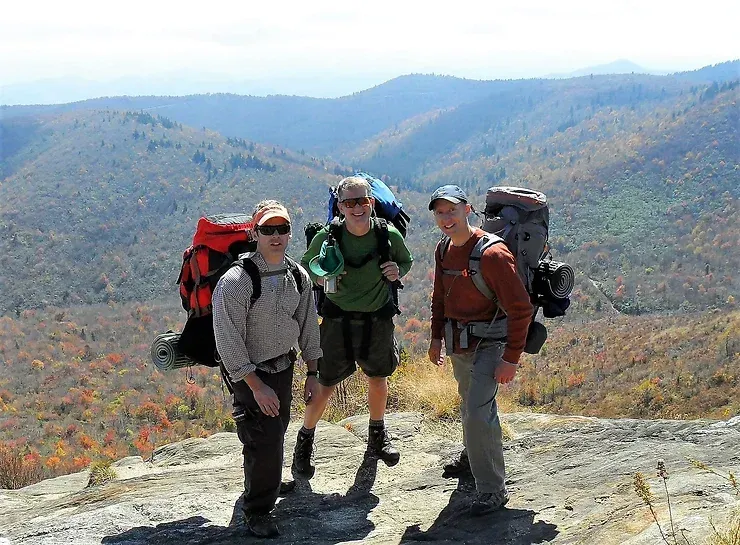
This is how I started. After I had been hiking for a few years and had been wearing a day pack I thought that I might like to stay a night outside. I walked into the local outfitters and bought an overnight pack. They had several to choose from and they helped me choose the right one. Yes, I dropped some money, but I was prepared. This is the nucleus of your outfit, the hub, so to speak. The backpack, in my opinion, should be bought where you can get fitted, not online. There is another crucial part of your beginning that I would not advise to buy online, at least not at first, and that is your footwear. I started out with higher boots and have walked many miles in all sorts of shoes. Waterproof or not? I have strong ankles so I can go with low or high boots. Another consideration is the season in which you will be going.
Then I got my tent. There are lots to choose from out there. I have had only two. One of the first considerations should be the weight of the tent. It should be no more than 4 lbs., preferably. There are many alternatives to tenting, of course. There are hammocks, bivouac shelters and more in ultralight gear. I have been used to tenting, so that is my preference.

Next, we go on to sleeping bags, sleeping pads, water and cooking systems, first aid supplies, and luxury items (can’t do without fresh coffee!), including food. I will discuss these things in a later blog. Remember to add up the weight. You will be carrying it!
Maps, compasses, GPS are all essential items for successful trips. Plotting out a doable course for yourself, making reservations (if necessary) and letting another person know where you will be going and when you will be returning are all tasks that make for a safe and enjoyable trip.
We all have been respecting the COVID-19, our families and communities during this time. Now more than ever the outdoors are calling. Will you answer the call?
Joy Cook instructs Backpacking for NOLI. Her next Backpacking 101 Class is Oct 3 from 9a-1p. For more information and to register go to www.nolilearn.org/hiking-camping.
